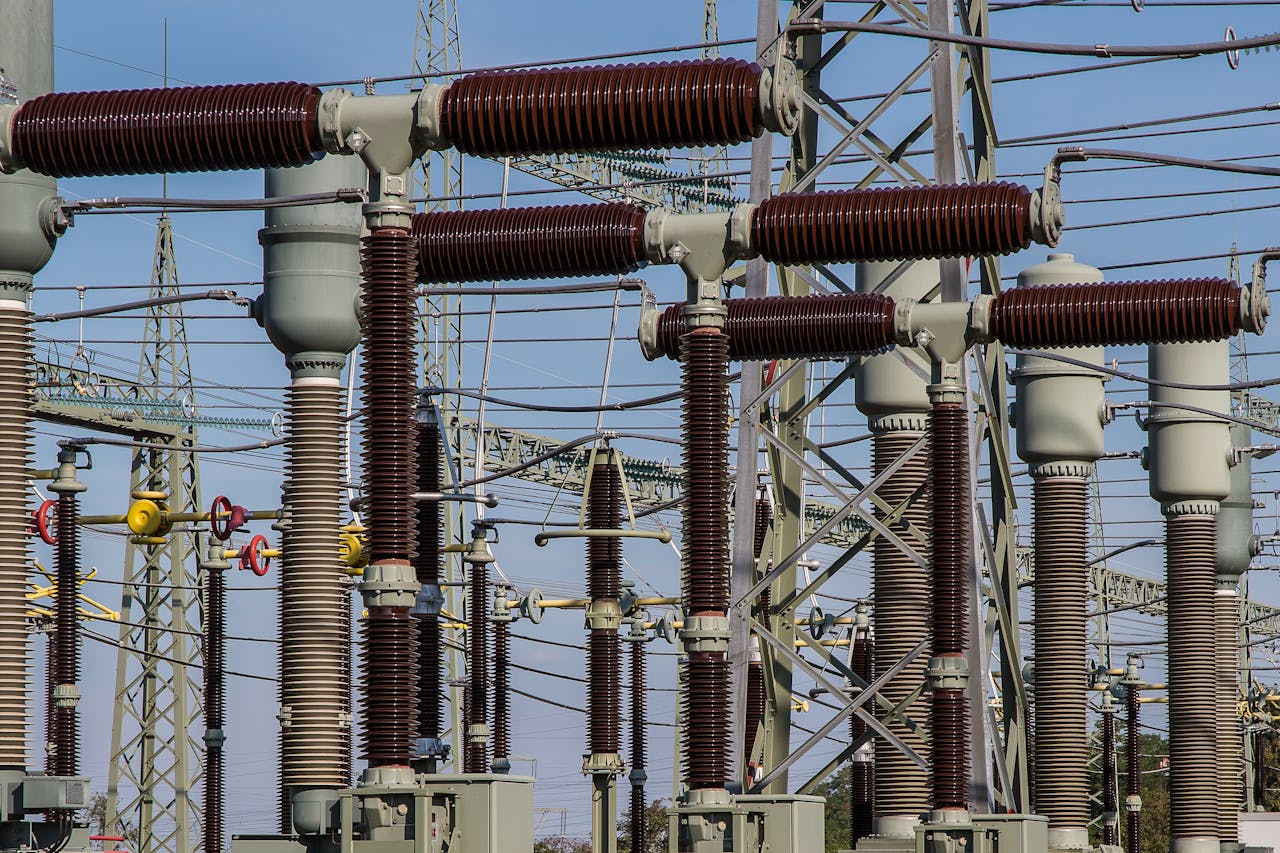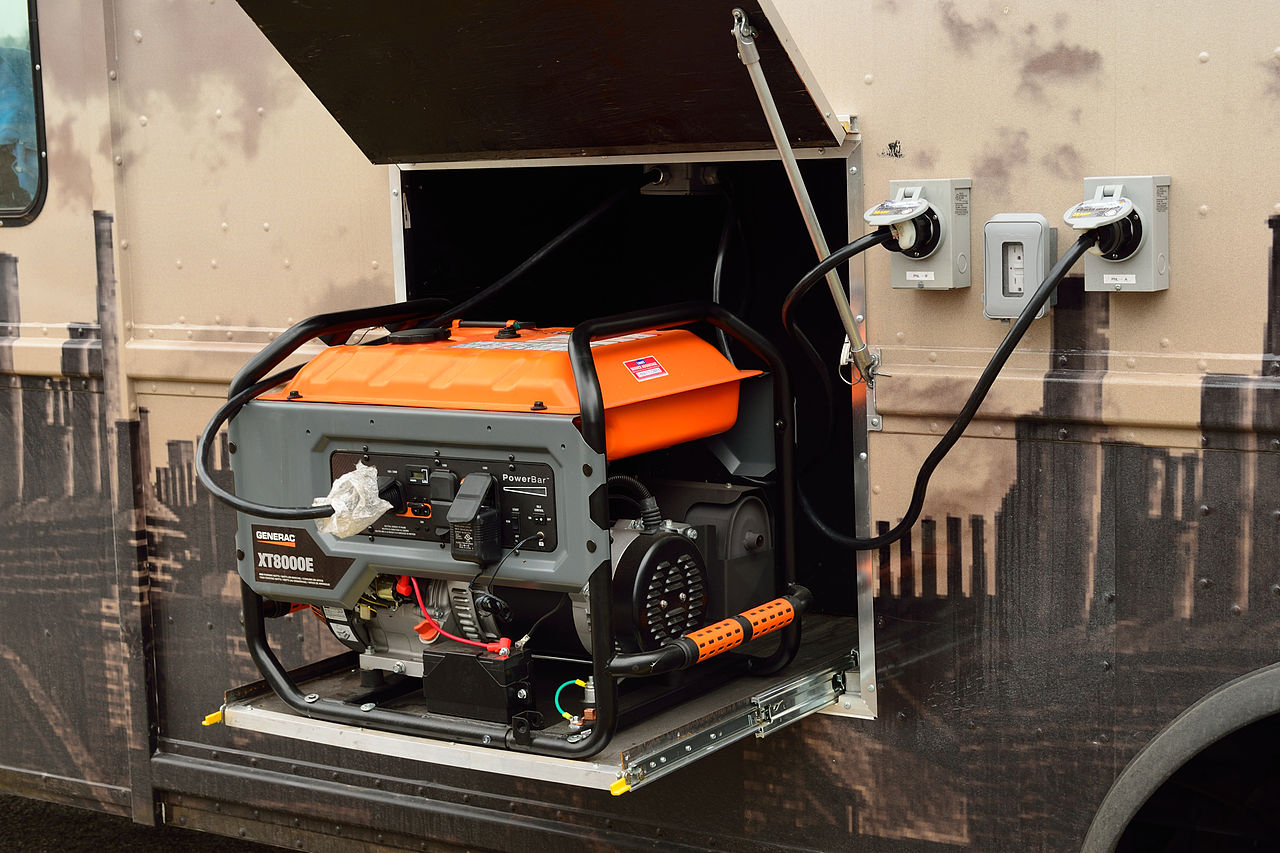 Ever wondered why your business electric bill is higher than your home bill? You’re not alone. Let’s talk about why commercial electricity rates are different and how businesses can save.
Ever wondered why your business electric bill is higher than your home bill? You’re not alone. Let’s talk about why commercial electricity rates are different and how businesses can save.
What Are Commercial Electricity Rates and Why Are They Higher?
Commercial electricity rates are what businesses pay for power. These rates are usually higher than residential ones. But why?
There are three big reasons:
1. Businesses Use More Power
A regular home may run a few lights, one fridge, a TV, and maybe an air conditioner. But a coffee shop? It runs ovens, coolers, espresso machines, lights, music, and more, for many hours.
The more power you use, the more you pay. And businesses need a lot of it. Some factories run machines that use as much power as 100 homes combined!
In fact, according to the U.S. Energy Information Administration (EIA), the average business in the U.S. used about 6,000 kilowatt-hours (kWh) per month in 2023. Compare that to the average home, which used only 900 kWh.
2. Demand Charges Raise the Cost
Here’s something homes don’t usually pay for—demand charges.
These are extra fees based on how much power your business pulls at one time. If you switch on all your equipment at once, that sudden spike could lead to a huge fee!
It’s like being charged not just for how much water you use, but how fast you turn the tap on.
Demand charges can make up to 30%-50% of a business’s electricity bill!
3. Time of Use Pricing
Electric costs more at certain times.
These are called “peak hours.” It’s when lots of people use power at the same time—usually in the late afternoon.
Homes usually don’t get charged different rates for different times (unless they choose). But many businesses get charged more during those busy peak hours.
It’s like paying more for gas during rush hour.
How Much Do Commercial Electricity Rates Cost?
Great question.
Rates vary a lot. It depends on:
- Your state
- Your business size
- What time you use power
- Your utility provider
But here are some numbers from the EIA in 2023:
| Type | Average Rate (¢/kWh) |
| Residential | 15.9 |
| Commercial | 13.0 |
| Industrial | 8.75 |
You’ll notice that commercial is actually cheaper per kWh than residential. So why is the bill higher?
Because businesses use more power and pay demand charges. That’s what bumps the total cost up.
Case Study: A Bakery That Cut Their Bill by 25%
Let’s take “Sweet Crumbs Bakery” in Dallas, Texas.
They noticed their electric bill jumping every summer. Their equipment ran non-stop, cooling and cooking throughout the day.
Here’s what they did to cut power costs:
- They started baking earlier in the morning—outside of peak hours.
- Switched to energy-efficient ovens and lighting.
- Used smart plugs to shut off idle machines.
The result? A 25% drop in their electric bill over 6 months!
Before: $1,200/month
After: $900/month
That’s $3,600 saved each year—a big win for a small shop!
How to Reduce Your Commercial Electricity Rates
You can’t control all electric rates. But you can lower your bill with smart steps.
1. Use Power Off-Peak
Peak hours cost more. Shift work to early mornings or evenings when power is cheaper.
For example, many companies run heavy machines at night. This alone can cut power costs by 10%-20%.
2. Monitor Energy Use
Install smart meters or use energy apps. They show what’s using the most power.
When a clothing store in Illinois used a free utility energy tracker, they found that their bright display lighting was guzzling electricity. They started using dimmers and timers. Boom—15% savings.
3. Upgrade to Efficient Equipment
Old machines use more watts. Replace them with newer, energy-saving models.
According to ENERGY STAR, businesses can save up to 30% by switching to certified energy-efficient tools like fridges, microwaves, and HVAC systems.
4. Take Advantage of Utility Programs
Many utility companies offer special plans for small businesses. Ask about:
- Time-of-use plans
- Load control programs
- Rebates for energy upgrades
You might even get cash back for making energy improvements.
5. Consider Solar Power
Installing solar panels in your building helps lock in lower power costs for decades.
A car dealership in Arizona installed panels and now saves about $8,000 a year. Yes, the setup costs money—but there are government rebates and low-interest loans available.
Businesses Who Track Save More
A big difference between homes and businesses is tracking.
Smart businesses always watch their power use. They treat their energy like money—because it is money!
One national chain, 7-Eleven, tracked their store usage. By training employees and upgrading freezers, they saved over $10 million in electricity in one year!
Lesson? Keeping track saves cash.
Summary: What You Can Do Today
Commercial electricity rates can feel confusing—but now you understand how they work. Want to save? Start now.
Here’s How:
- Check when you use the most power. Try to shift work off-peak.
- Look at your biggest power users. Can you upgrade or turn them off sooner?
- Call your power company. Ask about special plans, smart meters, and rebates.
Big savings start with small changes.
Good luck!

